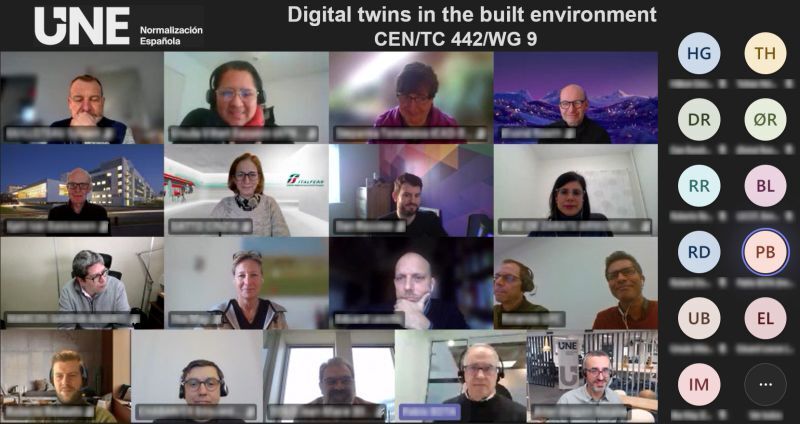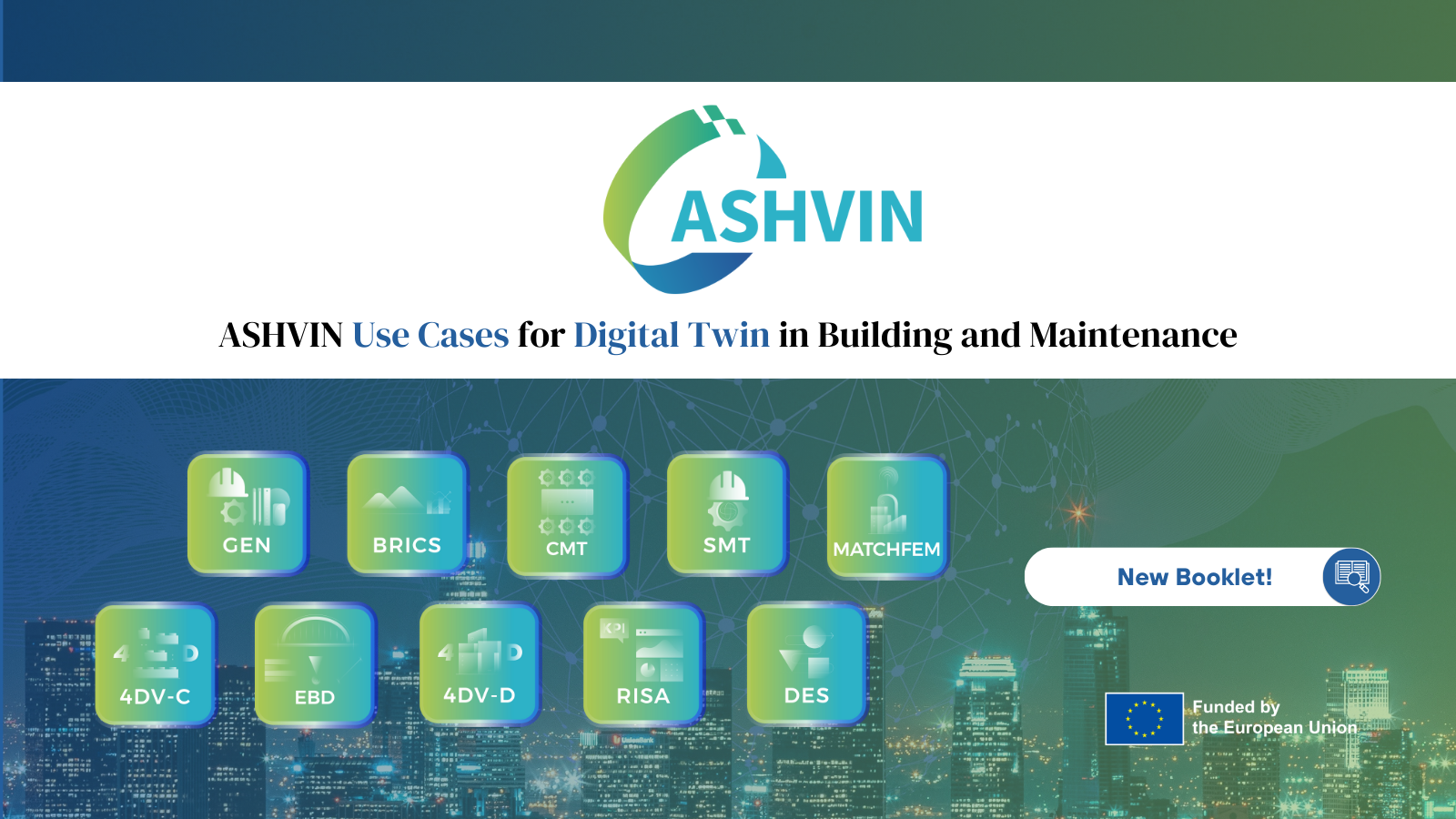The Project’s Contribution To Future Standardisation In Digital Twin Technologies for Built Environnement Within CEN
On the 19th of January, 2024, two ASHVIN partners, Stefan Wagmeister from Austrian Standards (ASI) and Rolando Chacon from Polytechnical University of Catalonia (UPC) joined an online meeting of a European standardisation working group that manages the standardisation of digital twins in Build environment, namely CEN TC442 Building Information Modelling (BIM) WG9.

This participation aimed to present ideas for a preliminary proposal for a new work item (NWIP) for a Technical Specification (TS), “Digital twinning of bridges during diagnostic load testing”. This topic comes up from developments and research from ASHVIN works. The group leads standardisation for digital twins in the built environment. In the following meeting of CEN/TC 442/WG 9 (March 2024) there will be a discussion on comments on the proposal and a mapping of future developments on it. As a next step, all members of ASHVIN should support NWIP via National Standardization Bodies (Sweden/SIS, Austria/A.S.I., Germany/DIN, Greece/ELOT, Romania/ASRO, Netherlands/NEN, Croatia/HZN, Poland/PKN, Spain/UNE).
Moreover, before this presentation, ASVHIN contributed to the standardisation work group efforts with five use cases related to deploying digital twin varied technologies in the built environment, which contribute to defining the needs of future standardisation in the sector. These use cases were written based on several ASHVIN demonstration site research related, for instance, to digital twinning during bridge load testing (demo site #1), damage detection in an airport runway (demo site#3), building construction (demo #6) or pipelines of information for bridge maintenance (demo site#7).
These use cases were included in a technical report of the working group entitled “Building information modelling — Digital twins applied to the built environment — Use cases“ (WI=00442049)”. This document collates use cases obtained from CEN experts and related EU research projects of digital twins applied to the built environment, including infrastructures, in Europe. With the collected data, this technical report identifies any common characteristics and methods, possibly supporting the establishment of further standardisation work.





